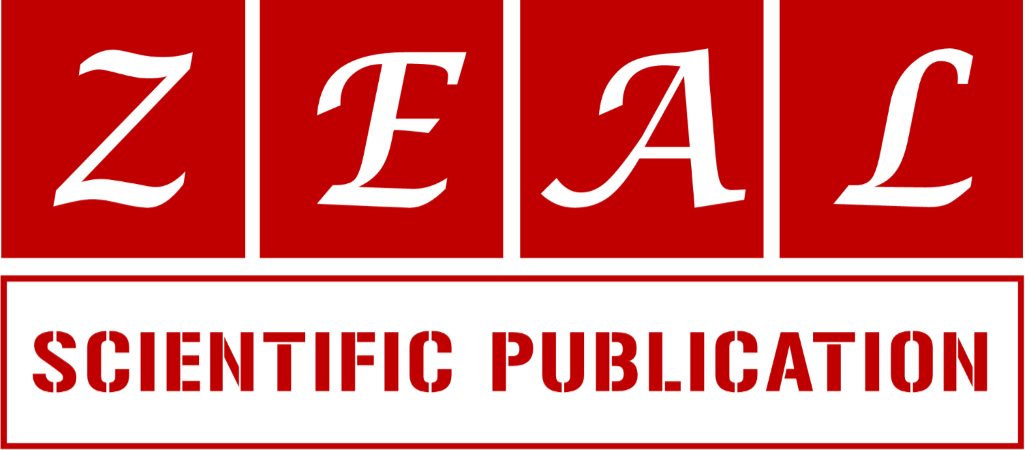Pharmacological and toxicological effects of Nicotiana tabacum
Department of Pharmacology, College of Medicine, University of Thi-Qar, Thi-Qar, 64001, Iraq.
Review
World Journal of Advanced Pharmaceutical and Medical Research, 2022, 03(01), 006–018.
Article DOI: 10.53346/wjapmr.2022.3.1.0034
Publication history:
Received on 23 July 2022; revised on 01 September 2022; accepted on 03 September 2022
Abstract:
Nicotiana tabacum (Family: Solanaceae) was used traditionally for wide range of disorders, it administered externally for bites of poisonous reptiles and insects, pain, neuralgia, gout, to enhance hair growth, in the treatment of ringworm, ulcers, wounds and as respiratory stimulant. The leaves contained sesquiterpene, alkaloids, lignans, flavonoids, phenolic compounds, tannins, steroids, terpenoids, cardiac glycosides, essential oils, saponins, quinines, polypeptides, phenylpropanoids, chromanones, biphenyls and isocoumarins. The previous studied showed that Nicotiana tabacum possessed many pharmacological effects included antioxidant, antimicrobial, antiparasitic, analgesic, antidiabetic, antifertility, anti-aphthous, cytotoxic and neuropharmacological effects. The current review focused on the chemical constituents and pharmacological effects of Nicotiana tabacum.
Keywords:
Constituents; Pharmacology; Toxicology; Nicotiana tabacum; Tobacco
Full text article in PDF:
Copyright information:
Copyright © 2022 Author(s) retain the copyright of this article. This article is published under the terms of the Creative Commons Attribution Liscense 4.0
